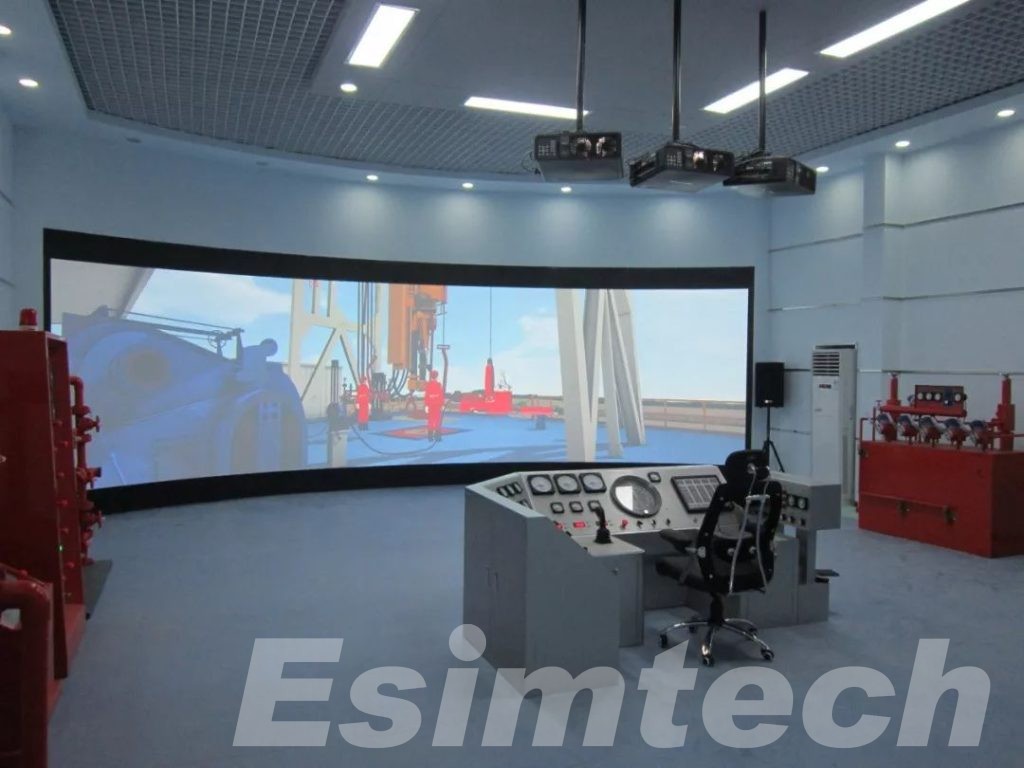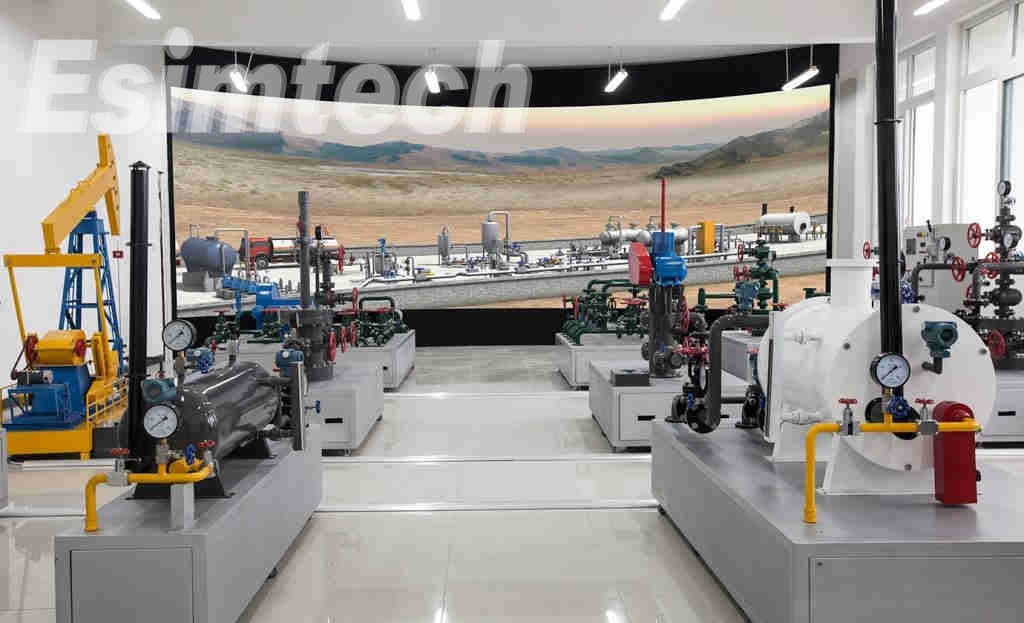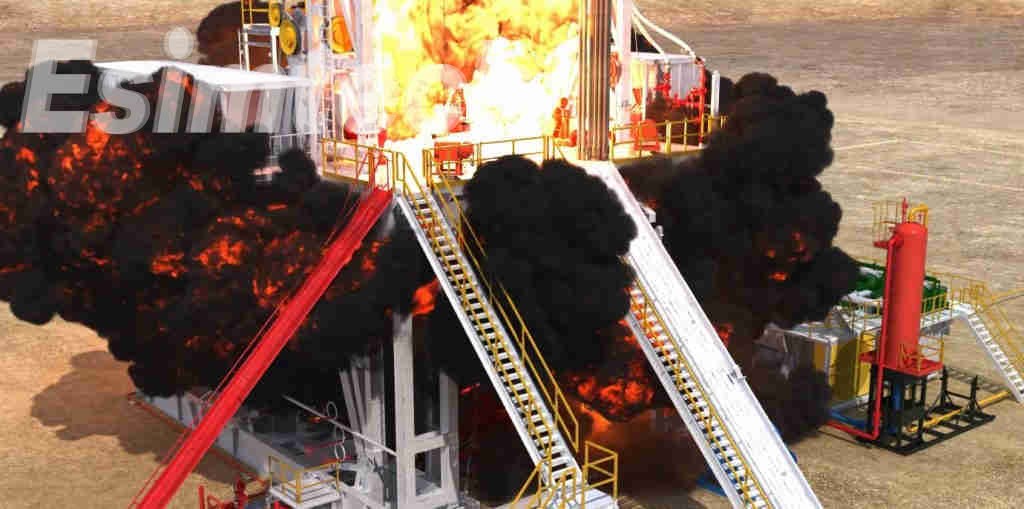How Much Do You Know About Oil and Gas Simulation
Oil and gas simulation, which involves the use of mathematical models and computer simulations to predict behavior, has grown in importance in the petroleum industry, providing engineers and operators with critical tools for decision-making, performance optimization, and cost reduction.

Challenges and Limitations of Oil and Gas Simulation
1.Data availability
Accurate simulation necessitates a vast amount of reservoir data, such as rock parameters, fluid properties, and well data. However, this data is sometimes incomplete, out of date, or difficult to collect, making it difficult to develop an effective simulation model.
2.Uncertainty
The oil and gas sector is fraught with uncertainties, such as fluctuating oil prices, shifting laws, and unanticipated geological features. These uncertainties can make it challenging to develop realistic simulations that can estimate production and reservoir dynamics with confidence.
3.Complex models
Simulating oil and gas reservoirs frequently necessitates the use of complicated mathematical models that can be difficult to comprehend and interpret. This can make communicating simulation results to stakeholders and decision-makers difficult.
4.Computing power
Running simulations necessitates a large amount of processing power, which may be costly and time-consuming. Furthermore, huge datasets might cause simulations to run slowly or even crash, complicating the process further.
5.Model assumptions
Simulation models are built on a multitude of assumptions, which may or may not be correct. A model, for example, may presume that the reservoir is homogeneous when it is, in fact, heterogeneous, resulting in erroneous projections.
6.Limited scope
The scope of simulations is frequently narrow, focused on a specific aspect of the reservoir or production process. This makes capturing the full complexity of the system difficult and may result in incomplete or erroneous results.

Wide Applications of Oil and Gas Simulation
Reservoir Management
Reservoir management is one successful application of oil and gas simulation. Engineers can use reservoir simulators to model the behavior of oil and gas reservoirs and maximize production rates. A reservoir simulator was utilized by a large oil corporation to manage a mature oil field in one case. The simulator was utilized to optimize output and more than double oil recovery rates.
Wellbore Design
Wellbores are typically designed using oil and gas simulation. Wellbore simulators can simulate the behavior of oil and gas wells by accounting for elements such as fluid output, gas flow, and pressure variations. A drilling business, for example, employed a wellbore simulator to optimize the design of a deepwater well. The simulator was utilized to optimize the drilling process, resulting in a 25% reduction in drilling time.
Pipeline Design
Pipelines can be designed using oil and gas simulation. Pipeline simulators may simulate the behavior of oil and gas pipelines by factoring in fluid characteristics, flow rates, and pressure variations. A pipeline business, for example, employed a pipeline simulator to optimize the design of a gas pipeline. The simulator was used to optimize the pipeline path and save more than 30% on construction costs.
Refinery Optimization
Refinery operations can also be optimized using oil and gas modeling. Oil recovery simulators can simulate the behavior of refinery operations by taking elements such as feedstock qualities, process conditions, and product standards into account. A refining corporation, for example, employed a process simulator to optimize the performance of a crude distillation unit. The simulator was utilized to minimize energy use and boost product yields, resulting in over $10 million in annual savings.

Training
Training can be accomplished through the use of oil and gas simulation. Simulators allow operators and engineers to practice dealing with numerous circumstances and build the skills required to operate and maintain equipment. A big oil business, for example, employed a drilling simulator to educate new drilling teams. The simulator was used to model various drilling circumstances, giving crews the opportunity to hone their abilities in a safe and controlled setting.

Trends And Developments of Oil and Gas Simulation
Increasing Use of Artificial Intelligence and Machine Learning
The rising usage of artificial intelligence (AI) and machine learning (ML) technology is one of the important developments in the future of oil and gas simulation. These technologies are capable of analyzing massive volumes of data, identifying patterns and trends, and making predictions. AI and machine learning can be utilized in the oil and gas industry to improve reservoir characterisation, optimize production rates, and reduce operational costs.
Greater Integration of Simulation Tools
Another future trend in oil and gas simulation is greater integration of simulation tools. Integrated asset simulators, which combine reservoir, wellbore, and process modeling into a single model, are increasingly being used by businesses. Companies may now optimize the full value chain, from discovery to refining.
Increasing Focus on Sustainability
The oil and gas industry is under increasing pressure to decrease its environmental footprint and shift to more sustainable methods. Simulation software can play an important role in assisting businesses in meeting these objectives. Simulation software, for example, can be used to maximize production rates while minimizing the environmental impact of manufacturing processes.
Greater Use of Virtual Reality and Augmented Reality
The increased usage of virtual reality (VR) and augmented reality (AR) technologies is another trend in the future of oil and gas simulation. These technologies have the potential to be utilized to construct immersive training environments as well as to visualize complex data and models. VR and AR can be utilized in the oil and gas business to train operators and engineers, visualize reservoirs, and improve drilling and completion operations.

Increasing Use of Cloud Computing
Cloud computing is increasingly being used by the oil and gas industry to store and process enormous volumes of data. Simulation software is no different. Cloud computing can be used to promote cooperation amongst geographically distant teams and to provide on-demand access to simulation software.
